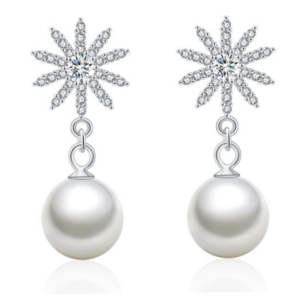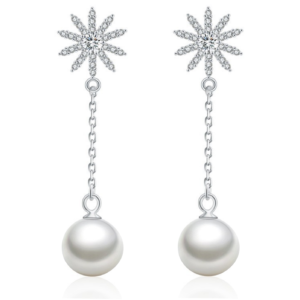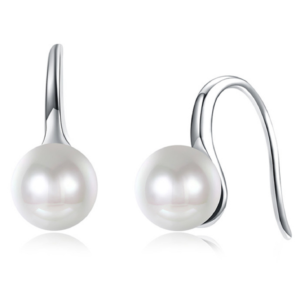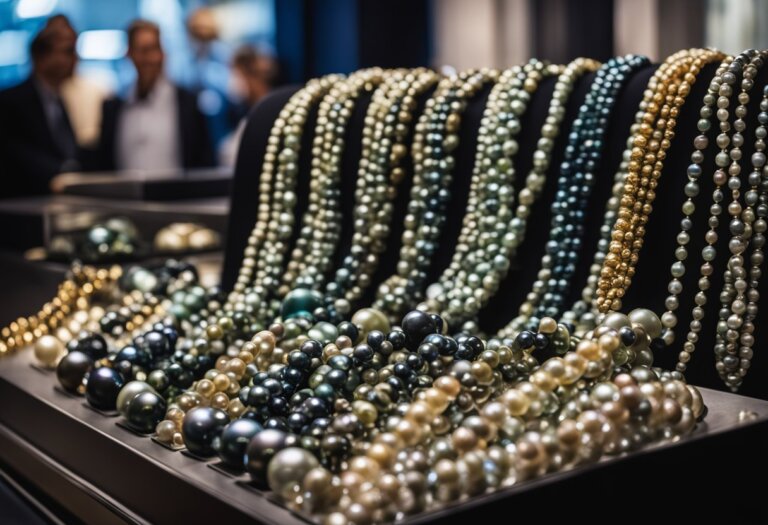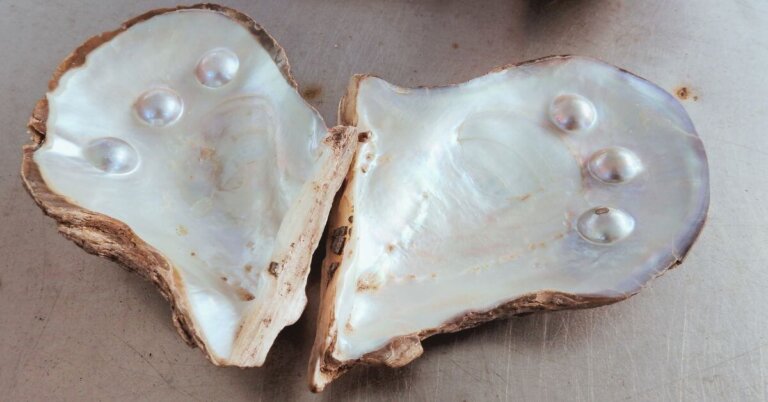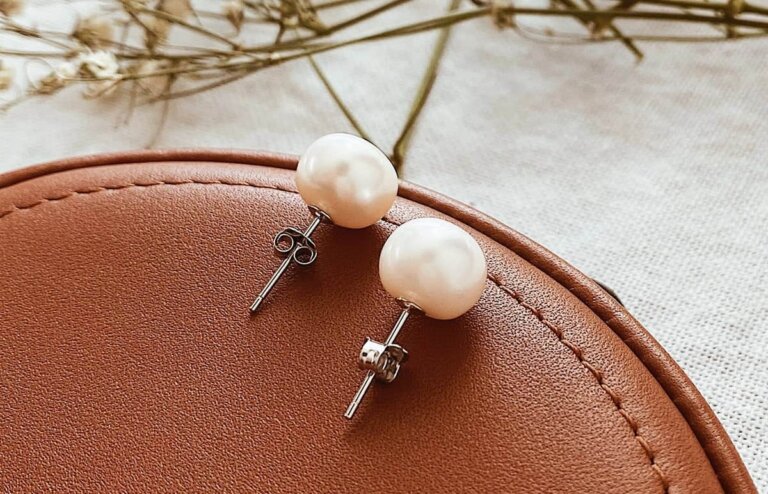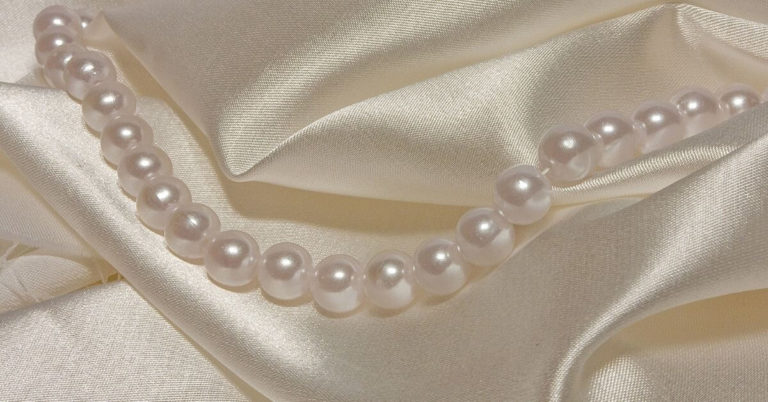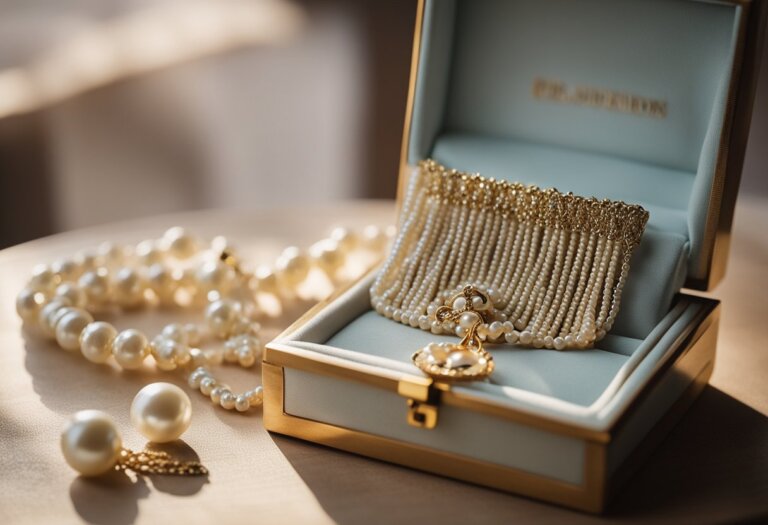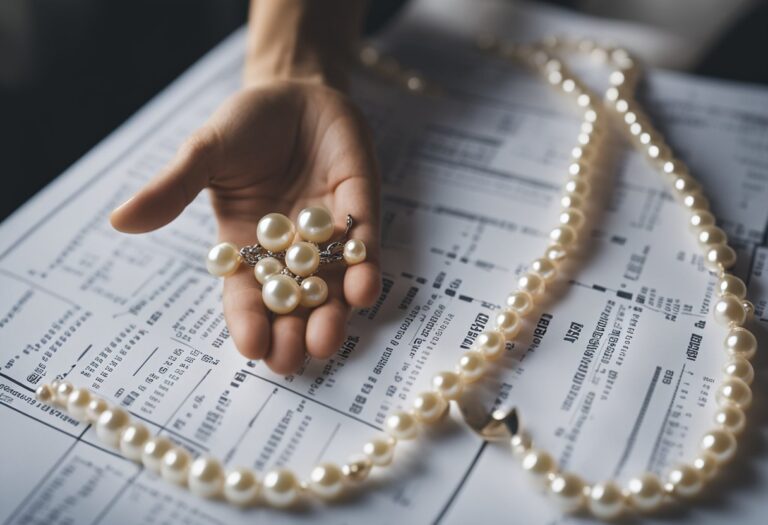Freshwater Pearl vs Cultured Pearl: Unraveling the Mysteries
Pearls have captivated your imagination for centuries, symbolizing purity and elegance in cultures around the world.
When you’re considering pearl jewelry, understanding each type of pearls is essential.
Freshwater Pearls vs Cultured Pearls: What’s the Difference?
Freshwater pearls are essentially cultured pearls. The terms are often used interchangeably in the jewelry industry. When we refer to freshwater pearls, we’re specifically highlighting pearls cultivated in freshwater environments, like lakes and rivers.
The cultivation process involves human intervention of implanting a nucleus in the mollusk, stimulating natural cultured pearl creation.
What are Cultured Pearls?
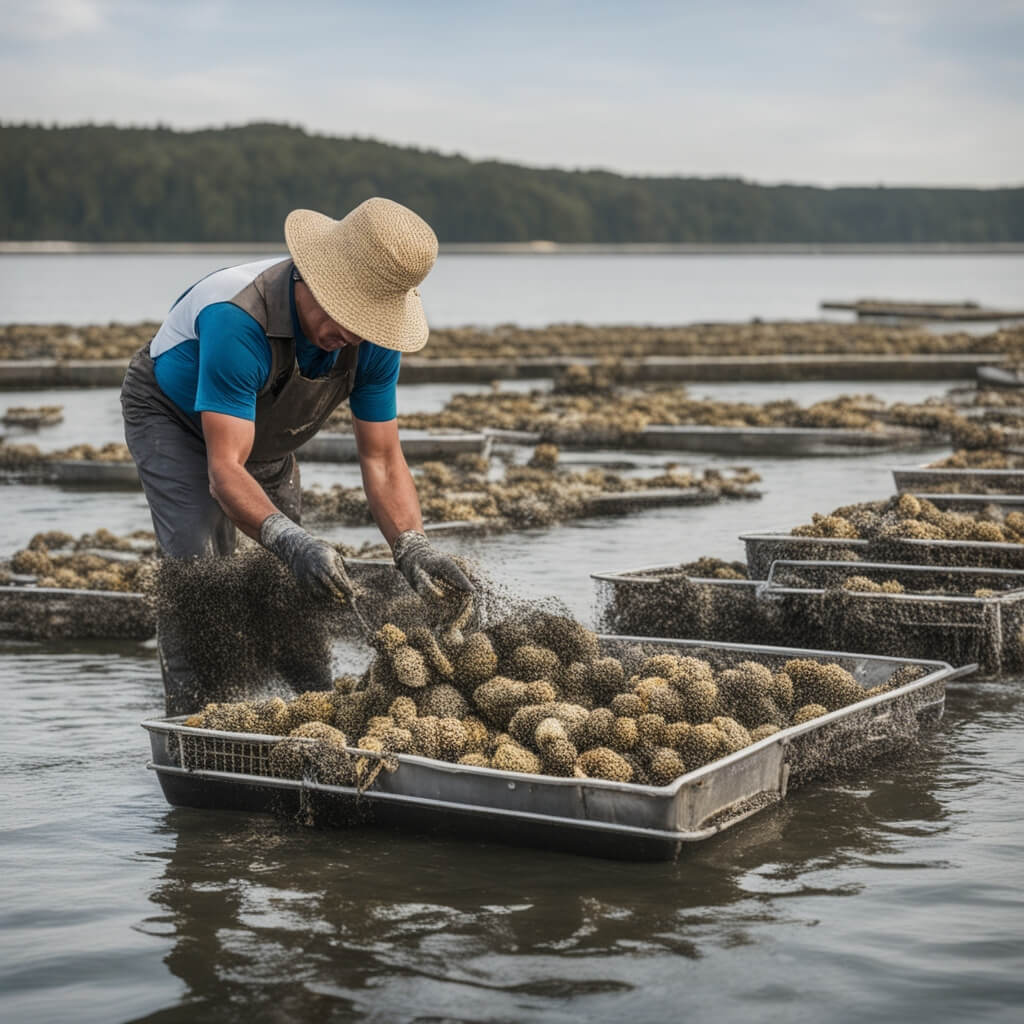
Cultured pearls are pearls created with human intervention by gently placing a piece of mantle tissue or a bead into a mollusk, which then forms a pearl layer by layer. This process takes place in both freshwater and saltwater environments.
Here’s a glance at the key characteristics:
| Aspect | Cultured Saltwater Pearls | Cultured Freshwater Pearls |
|---|---|---|
| Environment | Ocean oysters | Freshwater mussels, oysters or clams |
| Luster | High; Akoya pearls are exceptionally bright | Variable; often softer glow compared to saltwater pearls |
| Shape | Usually very round and uniform | Round to irregular baroque |
| Size | Often larger | Can vary; smaller sizes are more common |
| Color | White, black, gold, silver | Wide range including white and pastel shades |
| Value | Higher due to scarcity and qualities | More affordable, larger annual production |
All pearls available on the market today are generally cultured; natural occurring pearls are incredibly rare.
Cultured pearls offer versatility and affordability, which can make them especially attractive. Whether choosing for price, luster, shape, or various pearl size, your options extend across a beautiful spectrum of saltwater and freshwater cultured pearls.
Characteristics Of Cultured Pearls
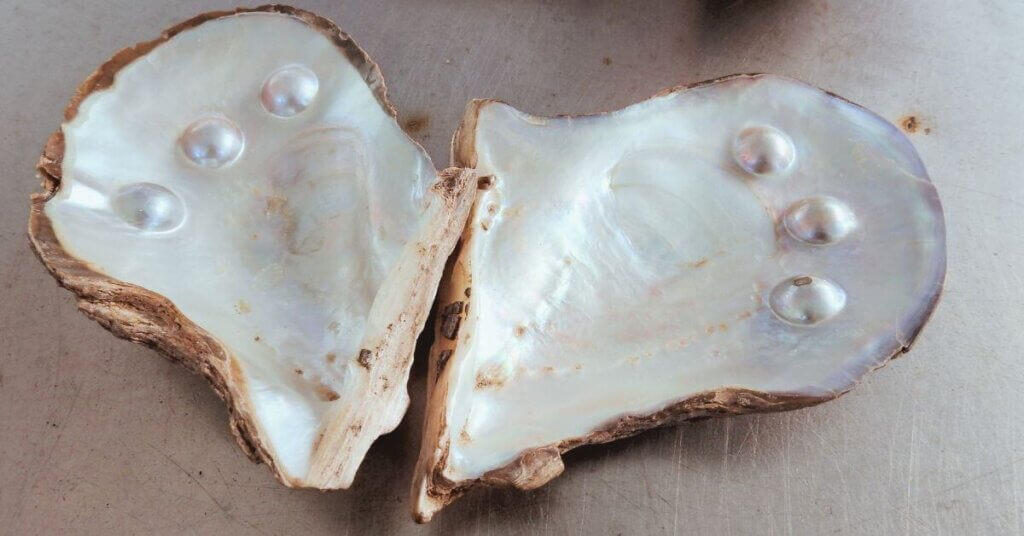
Cultured pearls are renowned for their charm and the lustrous nacre that many jewelry lovers crave.
Understanding the various characteristics of cultured pearls can help you appreciate their quality and value.
Saltwater Cultured Pearls
Saltwater cultured pearls come from oysters found in oceanic habitats. The quality of these pearls is often reflected through their luster and grading.
- Akoya pearls are known for being particularly round and having an exceptional shine.
- Tahitian and South Sea varieties also have their own unique hues and sizes, influencing their individual value.
| Quality Factors | Description of Saltwater Pearls |
|---|---|
| Nacre | Often thicker, producing high luster |
| Luster | Ranges from high to very high |
| Grading | Uses the A-AAA and A-AAAA Grading Scales (or similar) |
| Value | Often higher due to rarity and quality |
Grading systems help determine this value by assessing the luster and overall appearance of the pearl.
Freshwater Cultured Pearls
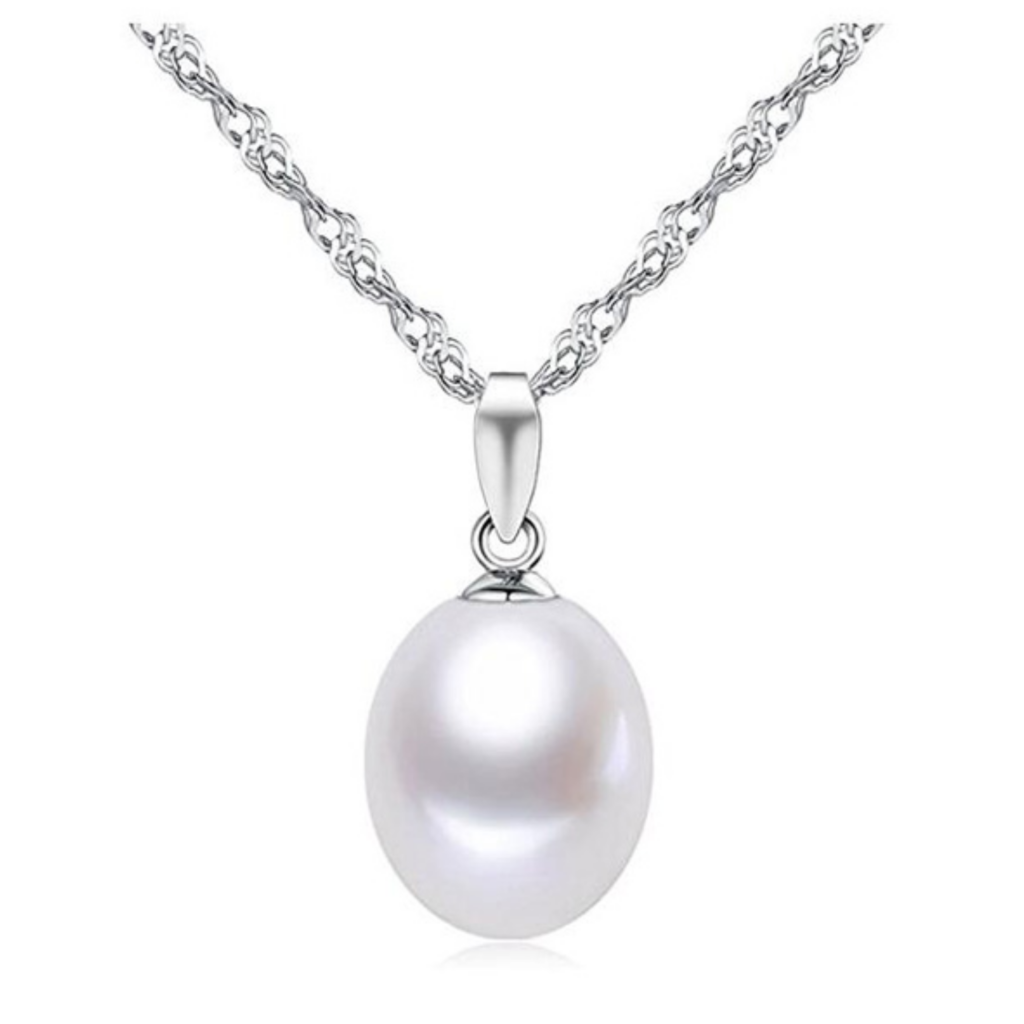
Freshwater cultured pearls are primarily produced in mussels residing in rivers and lakes.
While they may not always exhibit the same roundness as saltwater pearls, they can still have strong luster and come in a variety of colors.
- Freshwater pearls are widely diverse in shape and color which make them unique and highly demanded.
- Freshwater pearls are more abundant; hence, they are generally more affordable than their saltwater counterparts.
As a jewelry, freshwater pearl’s beauty is undeniable, high luster giving a soft glow under the light, wide variety of shapes and color that give rise to a wide range of pearl jewelry.
| Quality Factors | Description of Freshwater Pearls |
|---|---|
| Nacre | Varied thickness, contributing to luster |
| Luster | Can range from moderate to very high |
| Grading | Uses the A-AAA and A-AAAA Grading Scales (or similar) |
| Value | More affordable, diverse styles |
Whether you are drawn to the traditional elegance of saltwater pearls or the unique charm of freshwater variations, the allure of cultured pearls is undeniable.
Remember, the pearl quality, reflected in aspects like luster and grading, directly influences each pearl’s value.
What Makes Cultured Pearl and Freshwater Pearls Valuable?
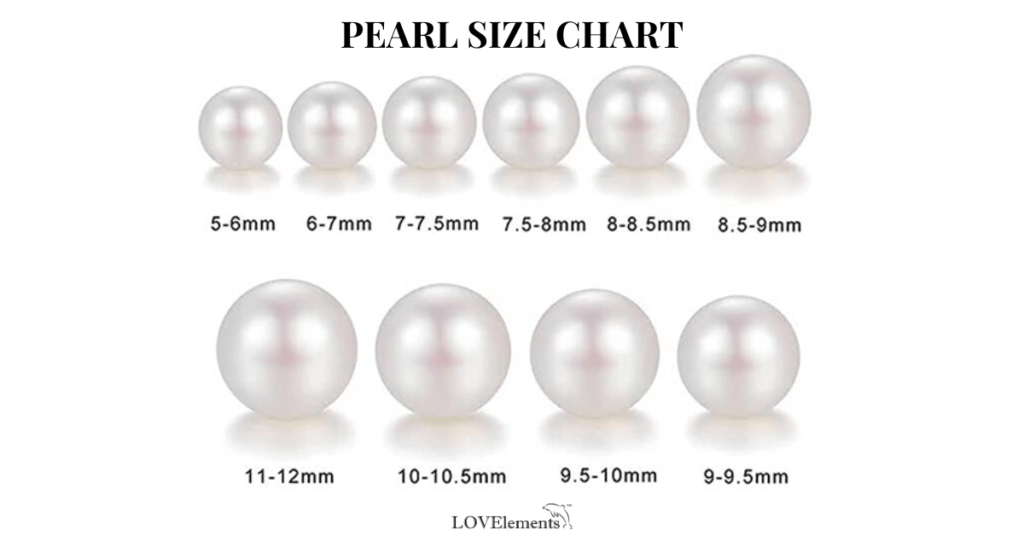
When you’re looking to purchase cultured pearls, pricing and value are strongly influenced by factors such as nacre quality, luster, and grading.
Factors Determining Pearl Quality
- Nacre Thickness: The layer of nacre, the substance that gives pearls their sheen, plays a pivotal role in determining quality. Thicker nacre equates to higher quality and durability.
- Luster: Luster refers to the sheen and shine of a pearl’s surface. Higher luster means a pearl can reflect light better, making it more valuable.
- Shape and Size: Rounder and larger pearls tend to be more expensive due to their rarity.
- Surface Quality: Look for pearls with the least amount of surface imperfections, as smoother pearls are more desirable.
Pearl Grading and Value
| Pearl Grading A-AAAA | Luster | Nacre Thickness | Surface Quality | Shape | Color & Overtone | Matching |
|---|---|---|---|---|---|---|
| AAAA | Excellent | Thick | Very Slightly Blemished | Perfect Round | White/Pink with Rose, Silver Gray Overtone | Excellent |
| AAA | Very High | Medium to Thick | Slightly Blemished | Near Round | White/ Cream/ Pink with Rose, Gray, Green Overtone | Very Good |
| AA | High | Medium | Slightly Blemished | Slightly Off Round | White/ Cream/ Pink with Rose, Gray, Green Overtone | Good |
| A | Medium | Thin | Noticeable Blemishes | Off Round | White/ Cream/ Pink with Rose, Gray, Green Overtone | Fair |
- Grading Systems: Pearls are typically graded on a scale from A to AAA, with AAA being the highest quality. This system assesses the combined effects of luster, surface, and nacre quality.
- Factors Affecting Value: Pearls with higher grades of luster and thicker nacre command higher prices. The grading provides you with a reliable way to assess pearl quality and value.
Remember, the specific attributes of each pearl type affect its grading, and your personal preference should guide your selection for the piece that speaks to you.
Cultured Freshwater Pearl Jewelry and Care

When you own a pearl necklace, preserving its beauty and durability is paramount.
Proper care involves regular cleaning and maintenance to ensure it remains a cherished piece in your collection.
Maintaining the Luster and Durability
To keep your pearls lustrous and durable, follow a simple care regime after every wear.
Wipe your pearl jewelry with a soft, lint-free cloth; this removes any body oils or substances that may have come into contact with your pearls. If your pearls are visibly soiled, they can be cleaned with a solution made for pearls.
| Do’s | Don’ts |
|---|---|
| Gently wipe pearls with a soft cloth | Use harsh chemicals or ultrasonic cleaners |
| Use a damp cloth if necessary | Expose pearls to excessive heat |
| Store pearls separately | Store pearls with other jewelry |
Furthermore, it’s a good idea to put your pearls on last when dressing and make them the first item you take off; this reduces contact with perfumes or hairsprays that can be harmful.
Be mindful of your pearls during wear; avoid exposing them to acidic substances that can erode their finish, such as vinegar or lemon juice.
Over time, even with the best care, your pearls might lose some of their luster or become scratched. This is a natural process, but if you notice significant changes, consider taking your pearls to a professional jeweler for polishing. They can also inspect the integrity of the pearl stringing, as this can become worn or stretched and may need restringing to ensure your pearls remain secure.
By taking these precautions and giving your pearls the attention they require, you maintain not only their exquisite appearance but also their longevity.
- How to Choose The Best Earrings for Your Face Shape (with Pictures and Celebrities)
- Earrings Styles: Popular Types of Earrings with Pictures
- Freshwater Pearl vs Cultured Pearl: Unraveling the Mysteries
- Cultured Pearls: Real and Elegant Gem At Affordable Price
- Freshwater Pearl vs Saltwater Pearl: Know The Difference

